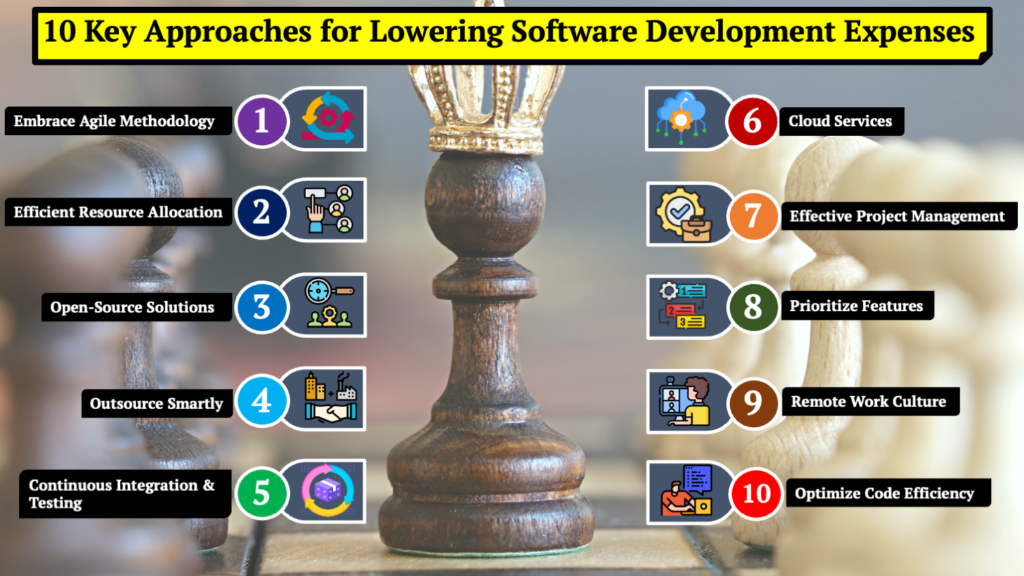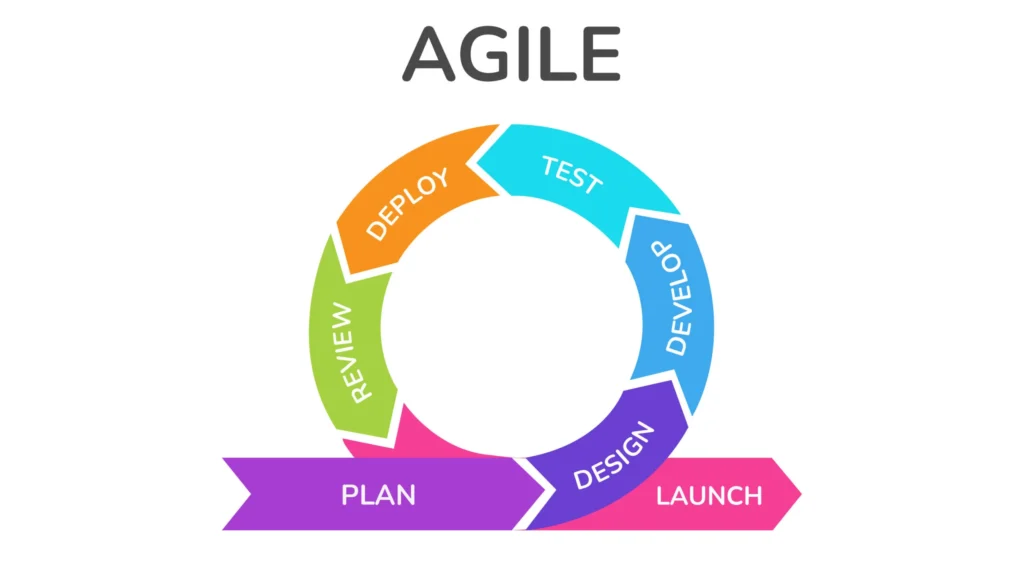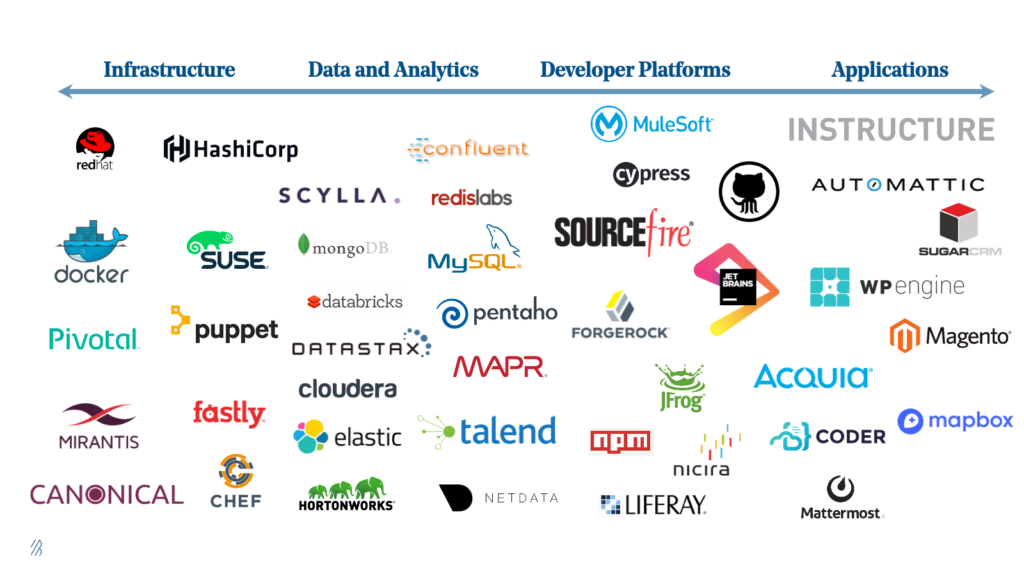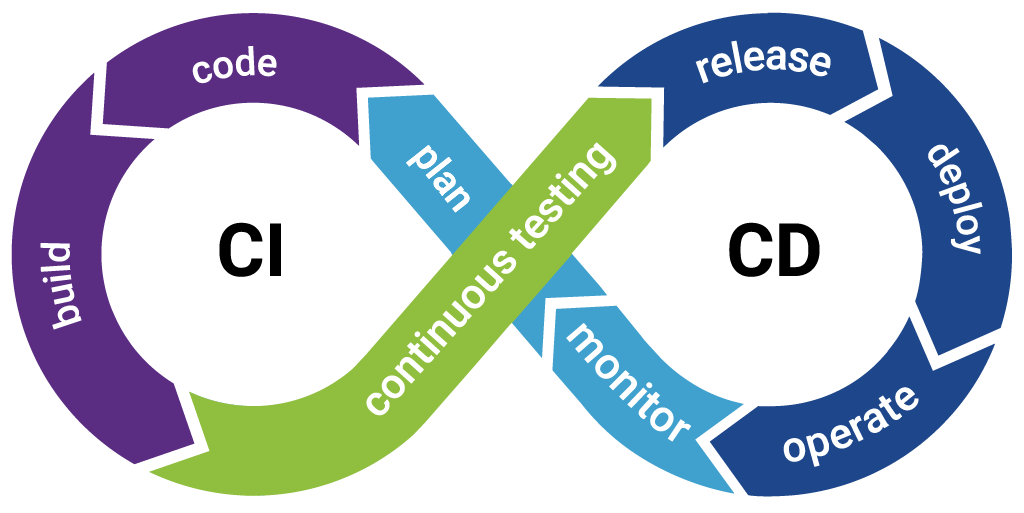To Share is to Show You Care!
In the world of software development, balancing quality and cost efficiency can be a challenging task. However, fear not! In this blog post, we’ve compiled a comprehensive guide on the best cost-cutting hacks that will help you reduce software development costs without compromising the quality of your product. Let’s dive in and explore these strategies that will leave your budget intact and your software exceptional.

1) Embrace Agile Methodology

Agile methodology has revolutionized software development by offering a flexible and collaborative approach to building products. It centers around the iterative development of software, breaking down the project into smaller, manageable units called sprints. During each sprint, a set of features is developed, tested, and reviewed. This allows for continuous feedback and adjustments, minimizing the chances of costly errors going unnoticed until the end of the project.
One of the significant benefits of Agile is its ability to adapt to changing requirements. In traditional waterfall methodologies, changing requirements late in the development process can lead to substantial rework, causing delays and increased costs. Agile’s incremental nature enables teams to incorporate changes without derailing the entire project.
Collaboration is another cornerstone of Agile. Cross-functional teams, consisting of developers, testers, designers, and stakeholders, work closely together throughout the development process. This real-time collaboration ensures that potential issues are identified and resolved promptly, reducing the likelihood of expensive fixes later on.
2) Efficient Resource Allocation
Effective resource allocation is vital for optimizing productivity and minimizing unnecessary expenses. Each team member possesses unique skills and strengths, and understanding these qualities can significantly impact project efficiency.
By assigning tasks according to team members’ expertise, you tap into their strengths, resulting in faster and higher-quality output. This also prevents overburdening individuals with tasks that might not align with their skill set, reducing the risk of errors and rework. Moreover, optimized resource allocation can enhance team morale, as team members feel valued for their contributions.

3) Open-Source Solutions

Open-source software has gained immense popularity in the software development landscape due to its cost-effectiveness and versatility. Open-source libraries, frameworks, and tools are developed and maintained by a global community of contributors, making them accessible to anyone without the burden of licensing fees.
By leveraging open-source solutions, development teams can save time and resources that would otherwise be spent on reinventing the wheel. For instance, using a well-established open-source framework can accelerate development and reduce the likelihood of introducing bugs or vulnerabilities.
However, it’s important to exercise caution when integrating open-source components. Thoroughly vetting the quality, security, and community support of the chosen solutions is essential to ensure they align with your project’s requirements and standards.
4) Outsource Smartly
Outsourcing has become a valuable strategy for cost reduction, especially when dealing with tasks that are not part of the core expertise of the in-house team. Outsourcing can involve offloading non-core activities such as UI/UX design, QA testing, or specific development components to specialized external teams or freelancers.
One of the primary advantages of outsourcing is its potential to reduce operational costs. Instead of hiring and training new personnel for short-term tasks, you can tap into the expertise of experienced professionals who can deliver high-quality work efficiently. This can be particularly beneficial for startups and small businesses with limited resources. However, successful outsourcing requires effective communication and project management. Clear communication of project requirements, timelines, and expectations is crucial to ensure that outsourced tasks align with your project goals.

5) Continuous Integration and Testing

Continuous Integration (CI) and Continuous Testing (CT) are practices that emphasize automating the process of code integration and testing throughout the development cycle. These practices address the common challenge of discovering and fixing bugs late in the development process, which can be time-consuming and costly.
In a CI/CT environment, developers integrate their code changes frequently. Automated tests are then executed to identify any regressions or issues. This early detection of problems allows developers to address them while the codebase is still manageable, preventing the accumulation of technical debt.
CI/CT not only reduces the cost of fixing defects but also enhances the overall software quality. With automated testing, the chances of human error are minimized, and the software’s stability and reliability are significantly improved.
6) Cloud Services
The advent of cloud computing has transformed how software development projects are managed and deployed. Cloud platforms such as Amazon Web Services (AWS), Microsoft Azure, and Google Cloud offer a scalable and cost-efficient alternative to traditional on-premises infrastructure.
Cloud services allow you to provision resources on-demand, which means you only pay for what you use. This eliminates the need for upfront investments in hardware and infrastructure that might end up underutilized. Scaling resources as your project evolves ensures that you can meet demand without overspending on resources you don’t need.
Moreover, cloud services offer various tools and services that streamline development processes. From development environments to databases and analytics, cloud platforms provide a comprehensive ecosystem that can accelerate software development and reduce operational overhead.

7) Effective Project Management

Effective project management is crucial for maintaining control over costs and ensuring timely project delivery. Project management tools, such as JIRA, Trello, or Asana, provide a structured framework for tracking tasks, assigning responsibilities, and monitoring progress.
By setting clear milestones and breaking the project into manageable phases, you prevent scope creep and reduce the risk of overruns. Clear communication between team members, stakeholders, and project managers ensures that everyone is aligned with project goals and timelines.
Project management tools also facilitate resource allocation. By visualizing team workloads and task dependencies, you can make informed decisions about task assignments and prevent bottlenecks.
8) Prioritize Features
In the pursuit of creating a comprehensive software product, it’s easy to fall into the trap of including every possible feature. However, attempting to develop an all-encompassing product in one go can lead to extensive development timelines and increased costs.
Prioritizing features based on their importance and potential impact allows you to deliver a minimum viable product (MVP) faster. The MVP contains core features that provide immediate value to users. By launching the MVP sooner, you can gather user feedback, which informs further development iterations.
This iterative approach minimizes the risk of investing time and resources into features that might not resonate with users. It also allows you to focus on refining the product based on real-world feedback, ensuring that you’re spending resources on features that deliver genuine value.

9) Remote Work Culture

The shift towards remote work has presented both challenges and opportunities for software development teams. Embracing a remote work culture can have significant cost-saving benefits for businesses.
One of the most apparent advantages is the reduction in office-related expenses. With remote work, the need for office space and associated costs like utilities and maintenance decreases. This can lead to substantial savings, especially for startups and small businesses.
Additionally, a remote work environment allows businesses to tap into a global talent pool. Instead of being limited to hiring locally, companies can hire top talent from around the world. This not only brings diverse perspectives to the team but also potentially reduces hiring costs, as salaries in different regions can vary.
However, managing a remote team requires effective communication and collaboration tools. Video conferencing, instant messaging, and project management platforms become essential for maintaining team cohesion and productivity.
10) Optimize Code Efficiency
Writing efficient and clean code is not just a matter of programming aesthetics; it directly impacts the software’s performance and maintenance costs. Efficient code consumes fewer resources, leading to faster execution times and lower operational costs.
Code efficiency involves practices such as optimizing algorithms, reducing redundant code, and following coding best practices. Well-structured code is easier to debug and maintain, saving time and effort in the long run.
Furthermore, efficient code reduces the need for hardware upgrades or additional server resources. As the software scales, optimized code can handle increased traffic and user loads without the need for significant infrastructure investments.

Conclusion
Reducing software development costs while maintaining high-quality standards is an achievable goal with the right strategies in place. By adopting agile practices, optimizing resource allocation, embracing open-source solutions, and making informed decisions throughout the development lifecycle, you can navigate the complex landscape of software development costs. Remember, it’s not about cutting corners; it’s about smartly managing your resources to create exceptional software within your budgetary constraints. Implement these cost-cutting hacks and witness your software development journey thrive without the budget blues.
Frequently Asked Questions
Q1: How can you reduce cost without sacrificing quality?
A: One way to reduce cost without sacrificing quality is by optimizing processes and identifying areas of inefficiency. Streamlining workflows, eliminating redundancies, and using resources more effectively can lead to cost savings. Additionally, focusing on preventive measures rather than corrective actions can prevent quality issues, saving both time and money in the long run.
Q2: How can software development cost be reduced?
A: Software development costs can be reduced through various strategies. Embracing agile methodologies can enhance collaboration and adaptability, minimizing costly changes later in the process. Using open-source tools and libraries can save development time and licensing fees. Outsourcing non-core development tasks to regions with lower labor costs is another approach.
Q3: How can the firm cut costs but maintain quality?
A: To cut costs while maintaining quality, a firm can explore process automation to increase efficiency. They can also renegotiate contracts with suppliers to get better deals and optimize their supply chain. Additionally, investing in employee training and cross-skilling can improve productivity and contribute to maintaining quality.
Q4: What process should be followed to reduce the cost of quality?
A: To reduce the cost of quality, a process of continuous improvement should be followed. This involves identifying defects early in the process through regular testing and inspections. By addressing issues at their root cause, companies can prevent recurrence and avoid costly rework.
Q5: What is the best way for a company to reduce the cost of quality and improve customer satisfaction?
A: The best way for a company to reduce the cost of quality and improve customer satisfaction is by implementing Total Quality Management (TQM) principles. TQM focuses on involving every employee in the quality improvement process, continuous training, and fostering a culture of quality consciousness.
Q6: What are three ways to reduce overall product cost?
A: Three ways to reduce overall product cost are:
- Material Substitution: Using cost-effective yet suitable materials without compromising quality.
- Process Optimization: Streamlining production processes to eliminate waste and improve efficiency.
- Economies of Scale: Increasing production volume to take advantage of bulk discounts and lower per-unit costs.
Q7: What is the biggest cost in software development?
A: In software development, the biggest cost is often attributed to labor. Skilled developers, designers, and other professionals require salaries, benefits, and resources, making human resources the predominant cost factor.
Q8: How does DevOps reduce cost?
A: DevOps reduces cost by enhancing collaboration between development and operations teams, leading to faster and more reliable software delivery. Automation of deployment, testing, and monitoring processes reduces manual effort and minimizes errors, resulting in shorter development cycles and ultimately reducing costs.
Q9: What is cost reduction strategy in the IT industry?
A: In the IT industry, cost reduction strategies may include outsourcing non-core tasks, optimizing cloud resource usage, adopting open-source technologies, and investing in automation tools. Regularly reviewing and adjusting these strategies can lead to sustained cost savings.
Q10: How do you cut costs without cutting staff?
A: Cutting costs without cutting staff involves analyzing and optimizing processes, eliminating waste, renegotiating contracts, and exploring technology solutions. By improving efficiency and reallocating resources, a company can reduce costs while retaining its workforce.
Q11: What is the cost efficiency strategy?
A: The cost efficiency strategy focuses on minimizing expenses while maximizing the value derived from resources. This involves careful resource allocation, process optimization, waste reduction, and continuous improvement efforts.
Q12: How do you minimize cost and maximize profit?
A: Minimizing costs and maximizing profits involves strategies such as improving operational efficiency, optimizing pricing strategies, reducing waste, exploring new revenue streams, and managing resources effectively to achieve a balance between income and expenses.
Q13: What are the 4 types of quality costs?
A: The four types of quality costs are:
- Prevention Costs: Expenses incurred to prevent defects from occurring.
- Appraisal Costs: Costs associated with detecting defects through inspections and testing.
- Internal Failure Costs: Costs resulting from defects identified before reaching the customer.
- External Failure Costs: Expenses caused by defects identified by customers after the product/service is delivered.
Q14: What are the 4 categories of cost of quality?
A: The four categories of cost of quality are the same as the four types of quality costs:
- Prevention Costs
- Appraisal Costs
- Internal Failure Costs
- External Failure Costs
Q15: What are the 4 quality costs?
A: The 4 quality costs are:
- Prevention Costs
- Appraisal Costs
- Internal Failure Costs
- External Failure Costs
The Informed Minds
I'm Vijay Kumar, a consultant with 20+ years of experience specializing in Home, Lifestyle, and Technology. From DIY and Home Improvement to Interior Design and Personal Finance, I've worked with diverse clients, offering tailored solutions to their needs. Through this blog, I share my expertise, providing valuable insights and practical advice for free. Together, let's make our homes better and embrace the latest in lifestyle and technology for a brighter future.

